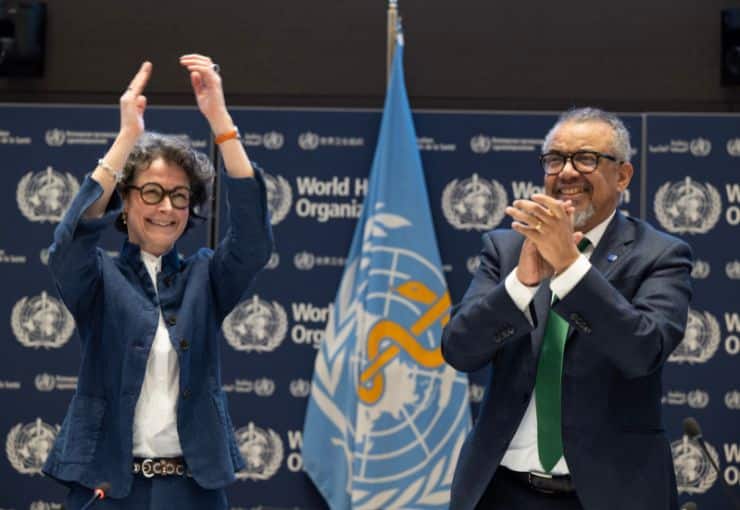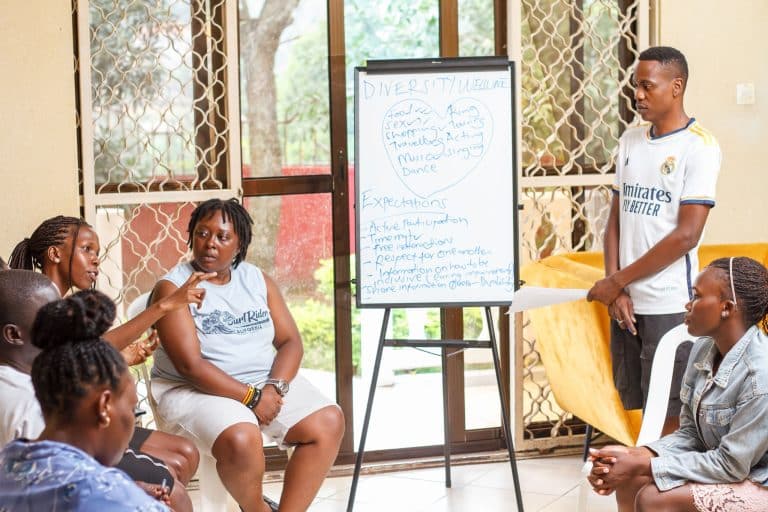In recent years, there has been increased interest in the use of blended finance to improve access to healthcare. Blended finance is a financial approach that combines public development funds with private investments to raise more funds for sustainable development programmes. However, introducing private investors into development finance can result in inequitable outcomes. In this article, we discuss the implications of blended finance for healthcare, emphasising the need to safeguard equitable access to health services.
Some development institutions, like the World Bank and the Global Financing Facility Women, Children and Adolescents (GFF), have been using a financial approach called “blended finance” to mobilize more money for healthcare. Blended finance is “ the strategic use of development finance for the mobilization of additional private investment towards sustainable development ” (OECD). In the healthcare sector, this means using development money to attract private investment in specific areas that are considered strategic for the healthcare system.Considering this is money that could also be used to pay healthcare workers, build health centers, and buy medicines, it is important to ask the question: does blended finance contribute to equitable access to healthcare services?
Blended finance: how does it work?
But how does blended finance expect to attract private investors? Usually it happens through “de-risking” of private investment. This means that development institutions use their public finance to guarantee some form of compensation to private investors in case the investment does not go well. So, it decreases the risks for private investors of losing money. And thus helps convince them that investing in the healthcare system will provide them with sufficient returns. Furthermore, since investments are less risky for investors, interest rates are lower. This, in turn, allows healthcare providers to expand or improve their services through low-rate loans.
An example of blended finance is the African Medical Equipment Facility (AMEF), a recent development project financed by the International Finance Corporation and the Global Financing Facility. The AMEF was created to attract investments in medical equipment in African countries, by de-risking loans to private hospitals that are interested in buying medical equipment. This way, investors would more easily give loans to private hospitals, which would use them to buy medical equipment. Allowing medical equipment manufacturers to sell their products and expand their market, thus improving the access to healthcare in developing countries. Apparently, a win-win for everyone.
Introducing profit motives into development finance
However, blended finance ties public development finance to the vested interest of private parties. In other words, by de-risking private investment, profit motives (of investors, private hospitals and other private companies) are introduced into development finance. This profit-driven approach can lead to unequitable results. For instance, expanding private healthcare provision can leave people behind who cannot afford private care. Private investors are more likely to invest in areas where rich populations live, where they can make more profit, and leave out poor areas. Often just the places where healthcare investments are needed most.And, finally, private investors are more likely to invest in areas that are more profitable, such as areas that require very expensive medical equipment, than in more urgent but less profitable areas,
Contributing to equitable access to healthcare must be a condition
This is precisely the case of the before mentioned AMEF. According to a joint study by Akina Mama wa Afrika and Wemos , this blended finance project is mainly attractive for higher-end, medium-to-large private facilities, allowing them to access more financing to purchase medical equipment. However, its loans are unlikely to benefit small, low-end, or primary healthcare providers. Consequently, it is unlikely that the AMEF will contribute to universal and equitable access to healthcare services, and the UN goal of “leaving no one behind”.
For blended finance to contribute to health justice, it needs to fulfill the profit motives of private investors, while assuring that most of the people can access the healthcare services that are financed through these projects. This second criteria must be at the core of blended finance projects in health. Otherwise, this money can – and should – be used in other ways rather than providing guarantees to private investors.
Image by wirestock on Freepik




